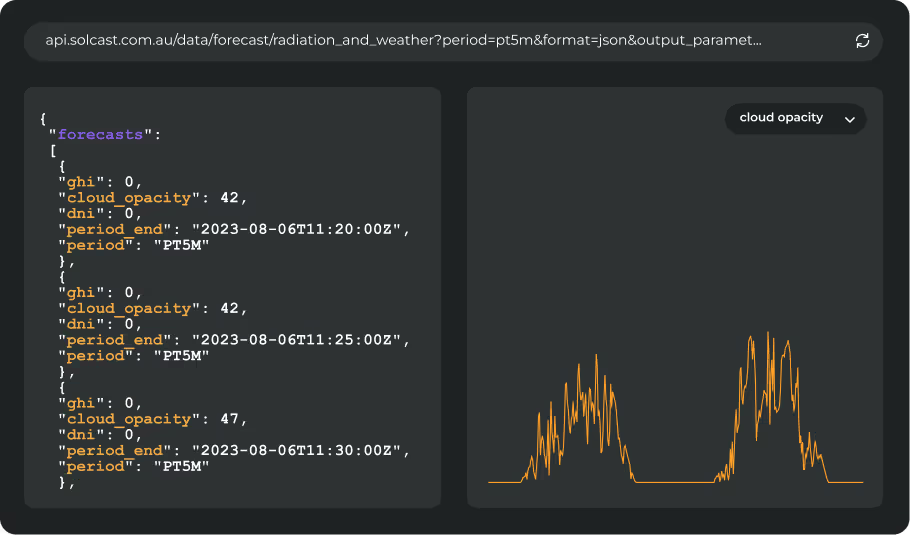September brought contrasting solar conditions across Europe, with low-pressure systems causing cloudier skies and reduced irradiance in Southern and Western regions, while areas further north and east enjoyed sunnier weather. High-pressure systems helped keep skies clearer in parts of Central and Northern Europe, despite the impacts of Storm Boris mid-month.
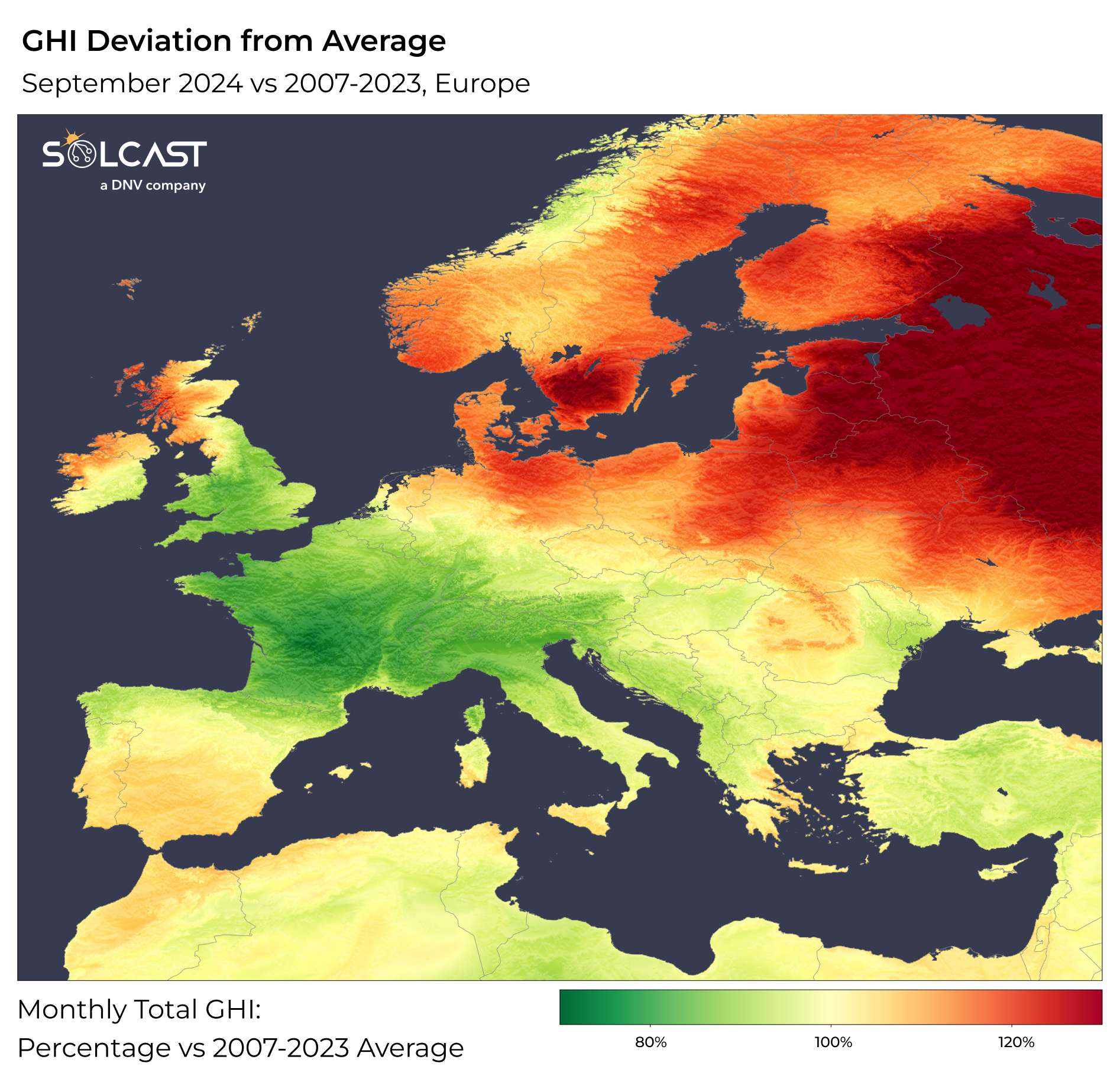
The month was marked by moist Atlantic and Mediterranean air that increased cloud cover and precipitation across Southern and Western Europe. A series of low-pressure systems centred over France led to the biggest drop in irradiance by up to 25%. This pattern brought widespread overcast conditions and above-average rainfall. However, the Iberian Peninsula was an exception, with most of Spain and Portugal experiencing relatively sunnier conditions than expected in September.
In Central Europe, solar irradiance was varied as storm activity alternated with clearer periods. The arrival of Storm Boris in mid-September caused significant rainfall and heavy cloud cover. Closer to the Mediterranean area, in particular, still saw below average irradiance due to the onshore moist air. Yet, high-pressure systems earlier and later in the month resulted in clearer skies across more northerly regions, such as Poland, Czechia, and Slovakia. While some periods of sunshine offset the impact of the storm, overall rainfall in Central Europe remained above average.
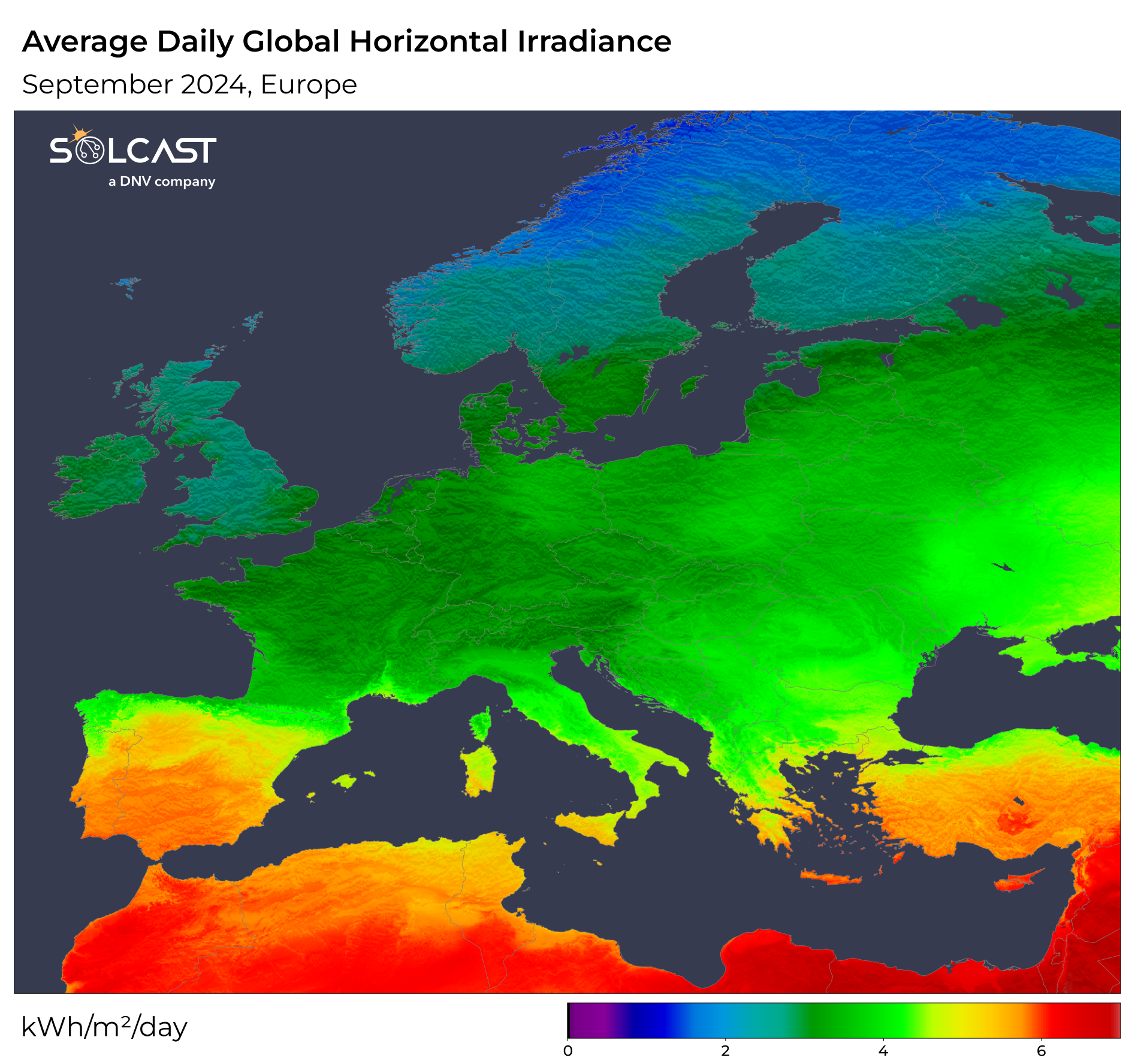
Further north, conditions were markedly different, with September bringing above-average irradiance to much of the region due to drier, warmer air masses from Eurasia, sustained by a strong high-pressure system. The effect was most noticeable in the Baltic States and parts of Russia, where irradiance was 25% above normal. A clear divide emerged along the Sudeten and Carpathian mountain ranges, where areas to the north saw more sunshine than usual, and regions to the south experienced less favourable solar conditions.
Track weather conditions, cloud movements, and irradiance-influencing factors that impact your solar generation. Access bankable actuals and accurate forecasts when you sign up for a Solcast API toolkit. You can reach out to our team for an extended trial.








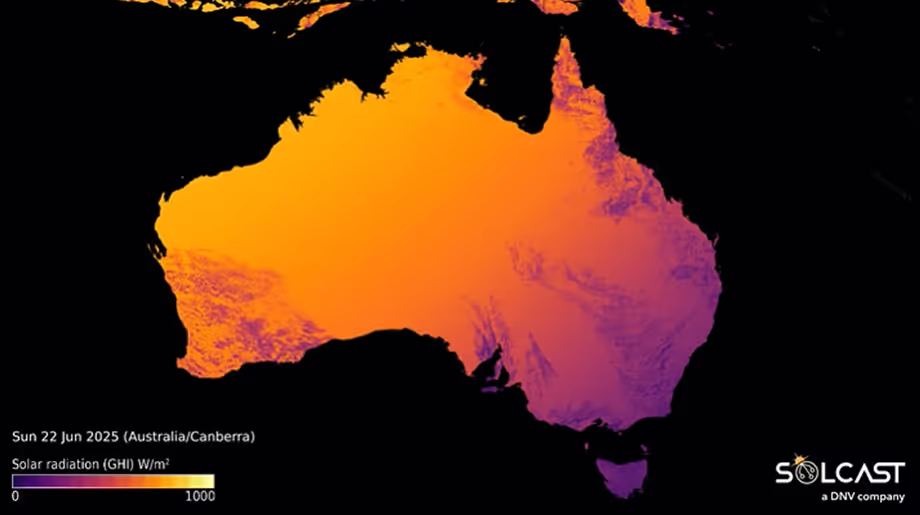
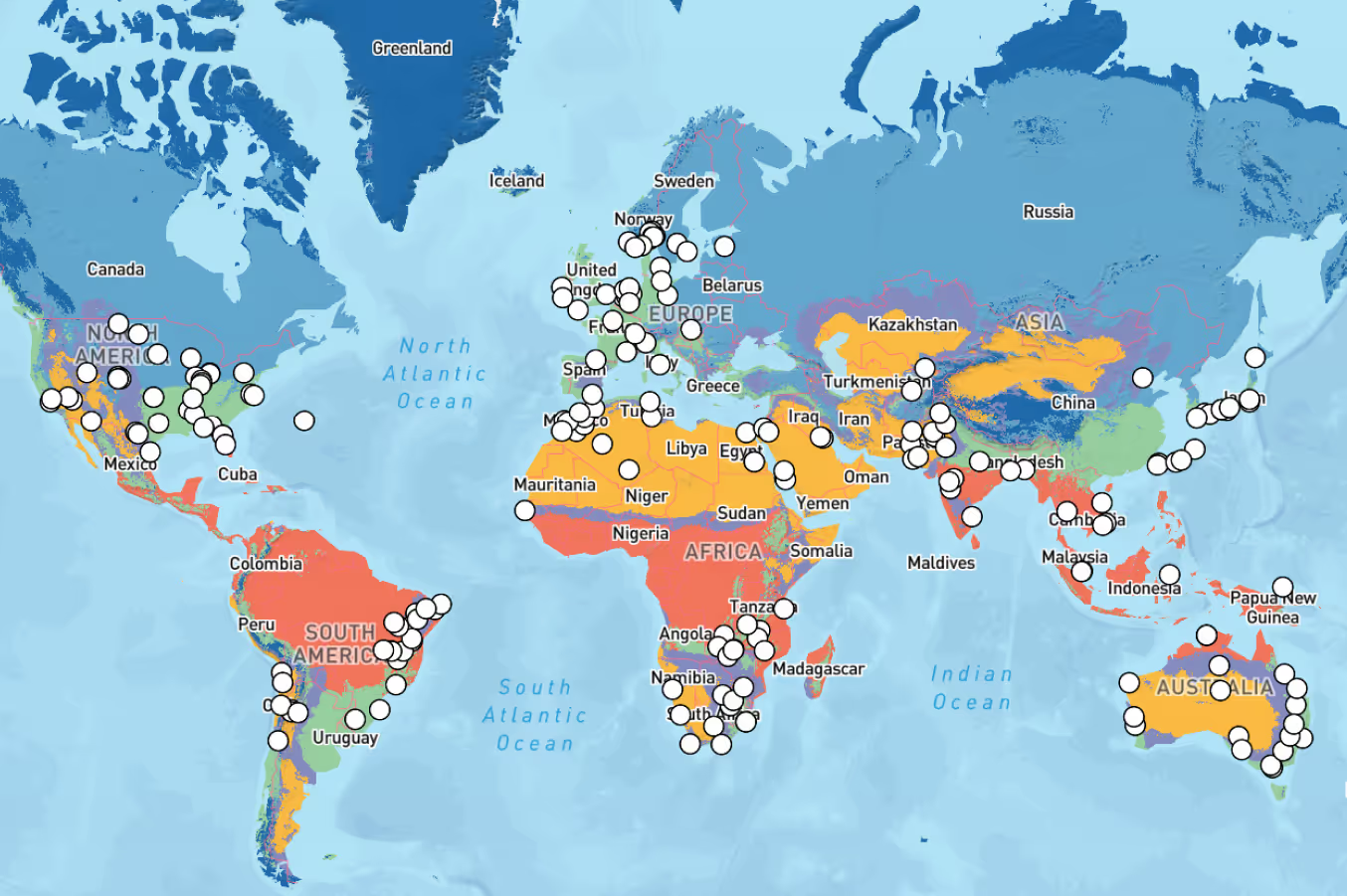
.avif)
